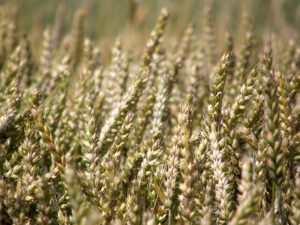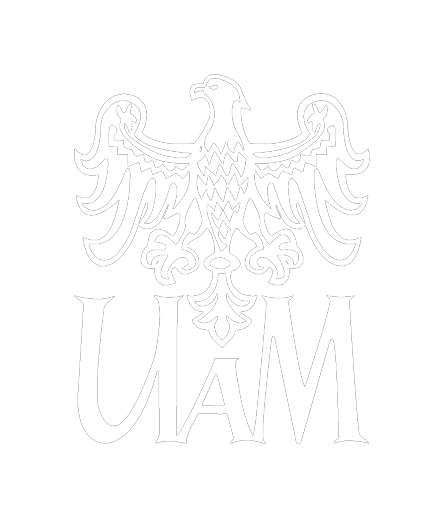Review papers, co-authored by Anna Skoracka, about relationships between the mite Aceria tosichella, its main host: wheat, and the viruses that the mite transmits were published in Molecular Plant Pathology and Frontiers in Plant Science
 The mite Aceria tosichella (wheat curl mite, WCM) in the interaction with the virus causes considerable yield losses worldwide. The challenge of effectively managing this pest-virus complex is exacerbated by the existence of divergent WCM lineages that differ in host colonization and virus transmission abilities. In these publications, there is highlighted research progress in mite ecology and virus epidemiology that affects management and development of cereal cultivars with WCM- and virus-resistance genes. The potential application of molecular methods (e.g., transcriptomics, epigenetics, and whole-genome sequencing) are proposed to understand the chemical and cellular interface between the wheat plant and WCM-viruses complexes.
The mite Aceria tosichella (wheat curl mite, WCM) in the interaction with the virus causes considerable yield losses worldwide. The challenge of effectively managing this pest-virus complex is exacerbated by the existence of divergent WCM lineages that differ in host colonization and virus transmission abilities. In these publications, there is highlighted research progress in mite ecology and virus epidemiology that affects management and development of cereal cultivars with WCM- and virus-resistance genes. The potential application of molecular methods (e.g., transcriptomics, epigenetics, and whole-genome sequencing) are proposed to understand the chemical and cellular interface between the wheat plant and WCM-viruses complexes.
The publications were prepared in cooperation with the University of Nebraska-Lincoln, USA and Crop Research Institute, Czech Republic.
More info:
Skoracka A., Rector B. G., Hein G., L. 2018. The interface between wheat and the wheat curl mite, Aceria tosichella, the primary vector of globally important viral diseases. Frontiers in Plant Science 9 (1098), 1-8; DOI: 10.3389/fpls.2018.01098
Singh K., Wegulo S. N., Skoracka A., Kundu J. K. Wheat streak mosaic virus: a century-old virus with rising importance worldwide. Molecular Plant Pathology 19(9): 2193-2206; DOI: 10.1111/mpp.12683

